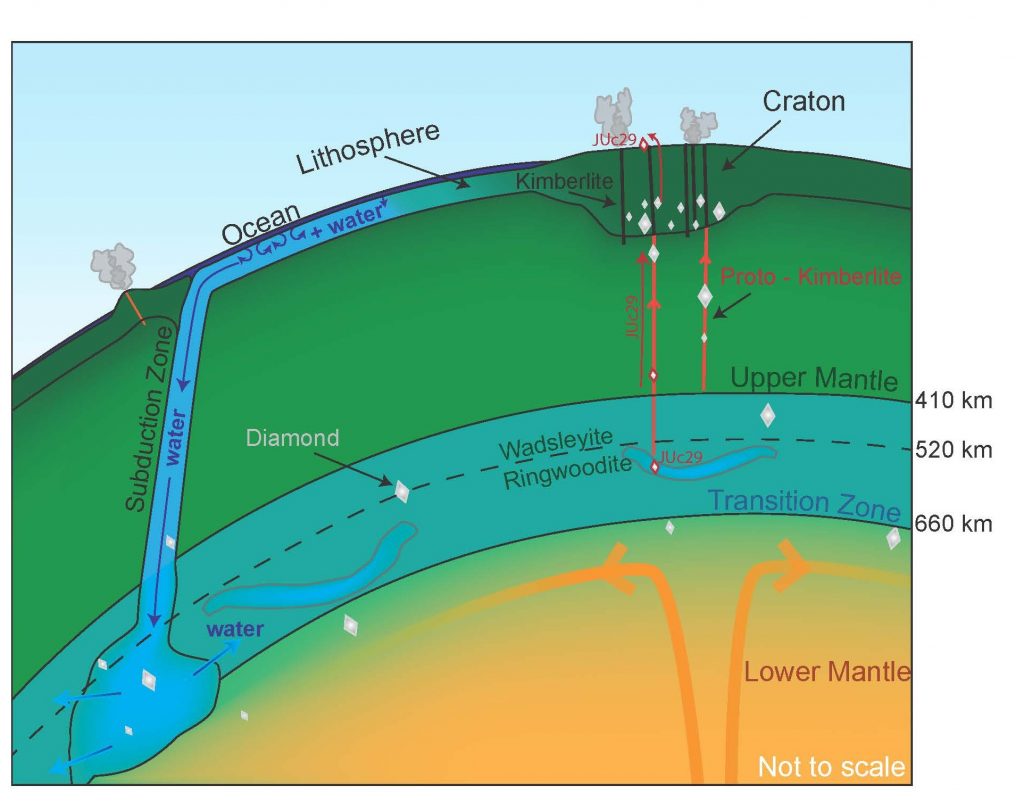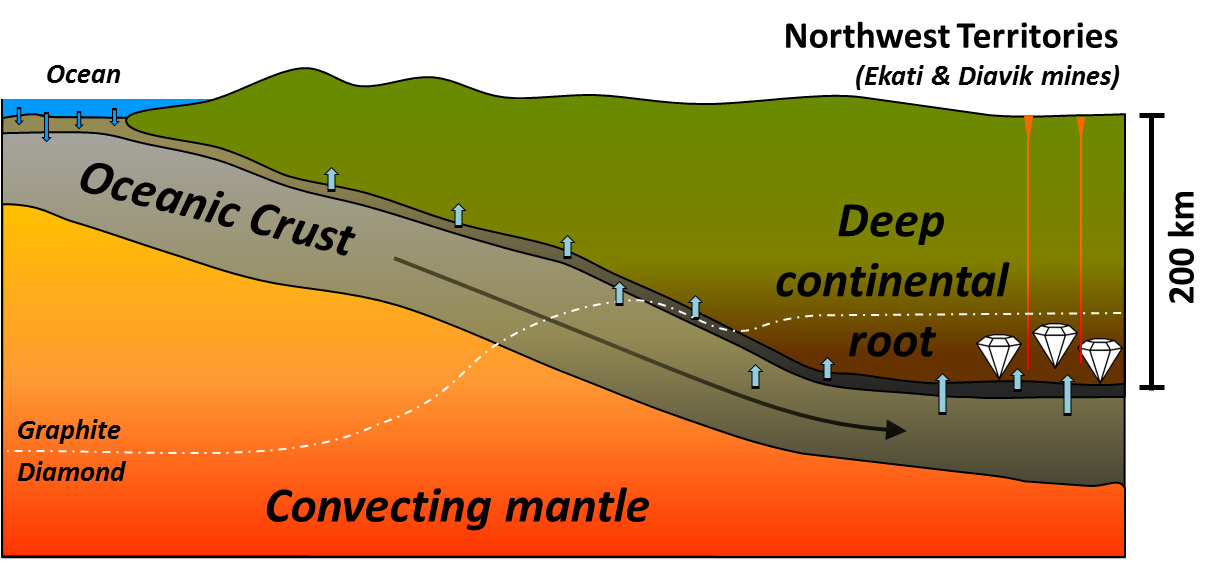Subscribe: Spotify | Email | TuneIn | RSS
SARS Coronavirus Pandemic, World Serious Pandemic, Gravity Waves from Betelgeuse Red Giant Star Belt of Orion Trigger or CME from Sun a Global Crustal Slip more thant 1,600 miles South SOON!, Globalist DUMB Tickets for Underground Suvival for Corrupt Banks Politicians Etc… , Bill Deagle MD AAEM ACAM A4M, NutriMedical Report Show, www.NutriMedical.com, www.ClayandIRON.com, www.Deagle-Network.com,
It’s probably nothing: Gravitational wave burst detected near Betelgeuse
https://www.quantamagazine.org/the-hunt-for-earths-deep-hidden-oceans-20180711/
https://sites.northwestern.edu/monroyrios/2017/12/26/water-in-the-depths-of-the-earth/
WATER INTO THE DEPTHS OF THE EARTH
Ringwoodite blue crystal ~ 150 micrometers wide. Microphotograph taken at the University of Hawaii of a specimen grown in Bayreuth, Germany. Author: Joseph Smyth . Header image: The blue ringwoodite material. Steve Jacobsen, 2014.
Ringwoodite is the most common mineral phase in the lower transition zone of the Earth’s mantle, at depths of 525 to 660 km. This ringwoodite crystal contains about 1% water. If the whole ringwoodite of the mantle contains this amount of water, it is estimated that there is almost three times as much water in the mantle as in all the oceans combined!
Cross section of the planet Earth ( Pearson et al, 2014 ). Credit image: Kathy Mather.
At closer look into the cross section of the planet Earth we can identify the transition zone that separates the upper mantle from the lower mantle. Right there, diamonds are formed and together with the included ringwoodite -which in turn traps the water molecules- both minerals continue their journey to the surface through volcanic activity.
The first discovery on Earth of ringwoodite inside a diamond was made by an international team led by the University of Alberta and could indicate the presence of large amounts of water between 410 and 660 km below the Earth’s surface.
 Credit: University of Alberta. Source: phys.org.
Credit: University of Alberta. Source: phys.org.
The diamond found in Brazil originated approximately 550 km below the earth’s surface, where large masses of water can accumulate by subduction and by the advance and recycling of the ocean floor towards the transition zone. The results of these investigations were published in 2014 by Pearson et al. (2014) in the journal Nature.
Schematic model of subduction of oceanic crust altered by seawater and the infiltration of brines into the base of the deep continental root beneath NWT, Canada, to make fluid-rich diamonds.
“What we appear to be finding more and more is that the standard model that used to be around—diamonds are only formed in very ancient times, 3.5 billion years ago, by a very specific process—is not true,” says Pearson. “There are more processes that form diamonds at a whole range of different times than we thought possible.”
Cross section of the Earth’s interior.
Simultaneously, the study by Steve Jacobsen and Brandon Schmandt used seismic waves to find magma generated at the base of the transition zone, around 600 km deep. Dehydration melting at those conditions, observed in the study’s high-pressure experiments, also suggests the transition zone may contain oceans worth of H2O dissolved in high-pressure rock. The findings alter previous assumptions about the Earth’s composition.
Previous:
https://www.frontiersin.org/articles/10.3389/feart.2014.00038/full
https://news.northwestern.edu/stories/2014/06/new-evidence-for-oceans-of-water-deep-in-the-earth
New Evidence for Oceans of Water Deep in the Earth
Water bound in mantle rock alters our view of the Earth’s composition
June 12, 2014 | By Megan Fellman

EVANSTON, Ill. — Researchers from Northwestern University and the University of New Mexico report evidence for potentially oceans worth of water deep beneath the United States. Though not in the familiar liquid form — the ingredients for water are bound up in rock deep in the Earth’s mantle — the discovery may represent the planet’s largest water reservoir.
The presence of liquid water on the surface is what makes our “blue planet” habitable, and scientists have long been trying to figure out just how much water may be cycling between Earth’s surface and interior reservoirs through plate tectonics.
Northwestern geophysicist Steve Jacobsen and University of New Mexico seismologist Brandon Schmandt have found deep pockets of magma located about 400 miles beneath North America, a likely signature of the presence of water at these depths. The discovery suggests water from the Earth’s surface can be driven to such great depths by plate tectonics, eventually causing partial melting of the rocks found deep in the mantle.
The findings, to be published June 13 in the journal Science, will aid scientists in understanding how the Earth formed, what its current composition and inner workings are and how much water is trapped in mantle rock.
“Geological processes on the Earth’s surface, such as earthquakes or erupting volcanoes, are an expression of what is going on inside the Earth, out of our sight,” said Jacobsen, a co-author of the paper. “I think we are finally seeing evidence for a whole-Earth water cycle, which may help explain the vast amount of liquid water on the surface of our habitable planet. Scientists have been looking for this missing deep water for decades.”
Scientists have long speculated that water is trapped in a rocky layer of the Earth’s mantle located between the lower mantle and upper mantle, at depths between 250 miles and 410 miles. Jacobsen and Schmandt are the first to provide direct evidence that there may be water in this area of the mantle, known as the “transition zone,” on a regional scale. The region extends across most of the interior of the United States.
Schmandt, an assistant professor of geophysics at the University of New Mexico, uses seismic waves from earthquakes to investigate the structure of the deep crust and mantle. Jacobsen, an associate professor of Earth and planetary sciences at Northwestern’s Weinberg College of Arts and Sciences, uses observations in the laboratory to make predictions about geophysical processes occurring far beyond our direct observation.
The study combined Jacobsen’s lab experiments in which he studies mantle rock under the simulated high pressures of 400 miles below the Earth’s surface with Schmandt’s observations using vast amounts of seismic data from the USArray, a dense network of more than 2,000 seismometers across the United States.
Jacobsen’s and Schmandt’s findings converged to produce evidence that melting may occur about 400 miles deep in the Earth. H2O stored in mantle rocks, such as those containing the mineral ringwoodite, likely is the key to the process, the researchers said.
“Melting of rock at this depth is remarkable because most melting in the mantle occurs much shallower, in the upper 50 miles,” said Schmandt, a co-author of the paper. “If there is a substantial amount of H2O in the transition zone, then some melting should take place in areas where there is flow into the lower mantle, and that is consistent with what we found.”
If just one percent of the weight of mantle rock located in the transition zone is H2O, that would be equivalent to nearly three times the amount of water in our oceans, the researchers said.
This water is not in a form familiar to us — it is not liquid, ice or vapor. This fourth form is water trapped inside the molecular structure of the minerals in the mantle rock. The weight of 250 miles of solid rock creates such high pressure, along with temperatures above 2,000 degrees Fahrenheit, that a water molecule splits to form a hydroxyl radical (OH), which can be bound into a mineral’s crystal structure.
Schmandt and Jacobsen’s findings build on a discovery reported in March in the journal Nature in which scientists discovered a piece of the mineral ringwoodite inside a diamond brought up from a depth of 400 miles by a volcano in Brazil. That tiny piece of ringwoodite — the only sample in existence from within the Earth — contained a surprising amount of water bound in solid form in the mineral.
“Whether or not this unique sample is representative of the Earth’s interior composition is not known, however,” Jacobsen said. “Now we have found evidence for extensive melting beneath North America at the same depths corresponding to the dehydration of ringwoodite, which is exactly what has been happening in my experiments.”
For years, Jacobsen has been synthesizing ringwoodite, colored sapphire-like blue, in his Northwestern lab by reacting the green mineral olivine with water at high-pressure conditions. (The Earth’s upper mantle is rich in olivine.) He found that more than one percent of the weight of the ringwoodite’s crystal structure can consist of water — roughly the same amount of water as was found in the sample reported in the Nature paper.
“The ringwoodite is like a sponge, soaking up water,” Jacobsen said. “There is something very special about the crystal structure of ringwoodite that allows it to attract hydrogen and trap water. This mineral can contain a lot of water under conditions of the deep mantle.”
For the study reported in Science, Jacobsen subjected his synthesized ringwoodite to conditions around 400 miles below the Earth’s surface and found it forms small amounts of partial melt when pushed to these conditions. He detected the melt in experiments conducted at the Advanced Photon Source of Argonne National Laboratory and at the National Synchrotron Light Source of Brookhaven National Laboratory.
Jacobsen uses small gem diamonds as hard anvils to compress minerals to deep-Earth conditions. “Because the diamond windows are transparent, we can look into the high-pressure device and watch reactions occurring at conditions of the deep mantle,” he said. “We used intense beams of X-rays, electrons and infrared light to study the chemical reactions taking place in the diamond cell.”
Jacobsen’s findings produced the same evidence of partial melt, or magma, that Schmandt detected beneath North America using seismic waves. Because the deep mantle is beyond the direct observation of scientists, they use seismic waves — sound waves at different speeds — to image the interior of the Earth.
“Seismic data from the USArray are giving us a clearer picture than ever before of the Earth’s internal structure beneath North America,” Schmandt said. “The melting we see appears to be driven by subduction — the downwelling of mantle material from the surface.”
The melting the researchers have detected is called dehydration melting. Rocks in the transition zone can hold a lot of H2O, but rocks in the top of the lower mantle can hold almost none. The water contained within ringwoodite in the transition zone is forced out when it goes deeper (into the lower mantle) and forms a higher-pressure mineral called silicate perovskite, which cannot absorb the water. This causes the rock at the boundary between the transition zone and lower mantle to partially melt.
“When a rock with a lot of H2O moves from the transition zone to the lower mantle it needs to get rid of the H2O somehow, so it melts a little bit,” Schmandt said. “This is called dehydration melting.”
“Once the water is released, much of it may become trapped there in the transition zone,” Jacobsen added.
Just a little bit of melt, about one percent, is detectible with the new array of seismometers aimed at this region of the mantle because the melt slows the speed of seismic waves, Schmandt said.
The USArray is part of EarthScope, a program of the National Science Foundation that deploys thousands of seismic, GPS and other geophysical instruments to study the structure and evolution of the North American continent and the processes the cause earthquakes and volcanic eruptions.
The National Science Foundation (grants EAR-0748797 and EAR-1215720) and the David and Lucile Packard Foundation supported the research.
The paper is titled “Dehydration melting at the top of the lower mantle.” In addition to Jacobsen and Schmandt, other authors of the paper are Thorsten W. Becker, University of California, Los Angeles; Zhenxian Liu, Carnegie Institution of Washington; and Kenneth G. Dueker, the University of Wyoming.
Topics: Grants, Research, Weinberg College of Arts and Sciences







